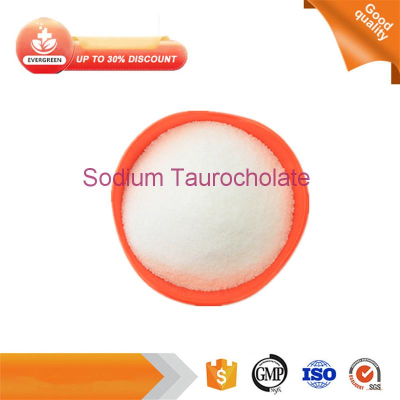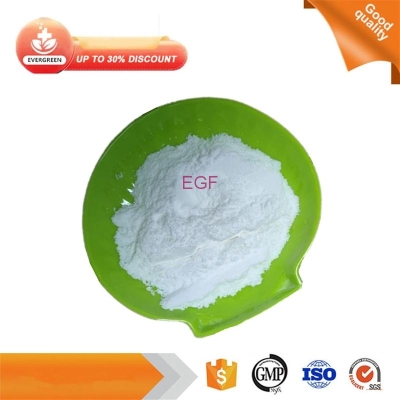-
Categories
-
Pharmaceutical Intermediates
-
Active Pharmaceutical Ingredients
-
Food Additives
- Industrial Coatings
- Agrochemicals
- Dyes and Pigments
- Surfactant
- Flavors and Fragrances
- Chemical Reagents
- Catalyst and Auxiliary
- Natural Products
- Inorganic Chemistry
-
Organic Chemistry
-
Biochemical Engineering
- Analytical Chemistry
- Cosmetic Ingredient
-
Pharmaceutical Intermediates
Promotion
ECHEMI Mall
Wholesale
Weekly Price
Exhibition
News
-
Trade Service
E. coli is a parasitic bacteria in the intestines of humans and animals, whether it causes disease mainly depends on the type of E. coli.
, E. coli has two distinct membranes: the inner and outer membranes.
membrane is a double molecular layer of phospholipids, while the outer membrane is asymmetrmetric, a single layer of phospholipids forms the inner surface, lipid polysaccharide (LPS) lining on the outer surface.
LPS can protect E. coli from antibiotics in the intestines of mammalian hosts.
the ratio of phospholipids to LPS is very important for membrane function, too much LPS is harmful to the inner membrane, too little will damage the outer membrane.
has long been a mystery to the scientific community about regulating feedback signals for LPS biosynthesis, whether it is LPS itself or one of its presy? Now, the question has been answered.
August 12, researchers from gene Tektronum published their findings in the journal Nature: The endometrial protein PpgA is the LPS signal transdulsor that people struggle to find, and its consumption reduces E. coli toxicity by reducing LPS levels and outer membrane integrity.
, the researchers first demonstrated the importance of PpgA for the integrity of the outer membrane.
They found that the pathogenic E. coli pbgA deficiency strain contained inhibitory mutations, and that the sensitivity of E. coli to serum and antibiotic lycopypin was restored after the reintroducing of pbgA on the mass, suggesting that pbgA was essential.
PbgA is critical to the integrity of the outer membrane, and contrary to previous claims that PbgA acts as a heart phospholipid transport protein, this study proves that PbgA is not related to any known transport protein.
, the researchers analyzed the PbgA structure of 1.9?ngstr?ms using a technique called X-ray crystallography.
they found that PbgA belongs to an enzyme family, and that the structure of the full-length PpgA is most similar to EptA, a protein that adds phospholipid-derived molecular modifications to the lipid A domain of LPS 17.
by modifying these phosphate groups, EptA provides cells with resistance to antibiotics (poly mucosin) that bind to lipid A. The
PbgA structural features researchers also found that PbgA binds to lipid A through the joint domain, and that the amino acid sequence used is not reported in any other LPS binding protein, and that mutations in the LPS binding sequence disrupt PbgA functionality.
the last set of experiments, researchers demonstrated that synthetic peptides based on this sequence can bind to LPS and inhibit the growth of a variety of Erlan-negative bacteria, including polycoscosin-resistant strains.
by a reasonable design, they improved the antibiotic spectrum and effectiveness of the peptide.
PbgA's peri-lipid A binding sequence finally sheds light on how LPS controls its own synthesis: PpgA on the inner membrane regulates the activity of the antibacterial enzyme LpxC, a protein that guides the degradation of LpxC by the enzyme FtsH.
Therefore, when LPS levels are low, PbgA inhibits the interaction between LapB and FtsH in the inner membrane, stabilizing LpxC and promoting LPS biosynthesis;
PbgA detects weekly LPS levels to regulate LpsC stability summary, this study expands our understanding of PbgA by providing a high-resolution structure of proteins that bind to LPS, and proves that PpgA is an LPS signal transdweter.
to illustrate the significant lipid balance in bacterial membranes, this study provides new insights into the development of antibiotics.
.







